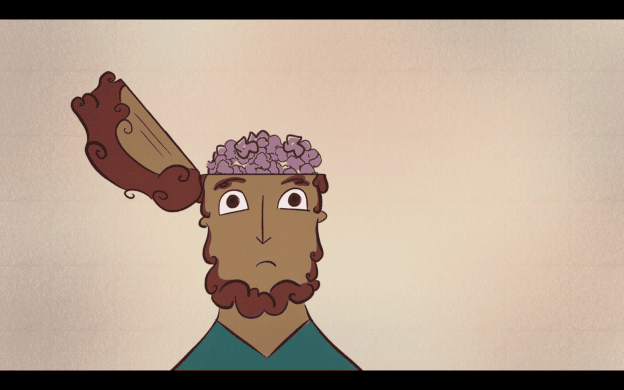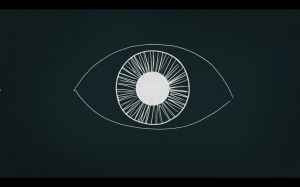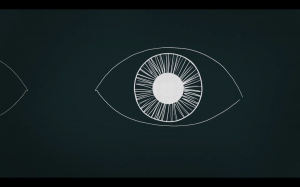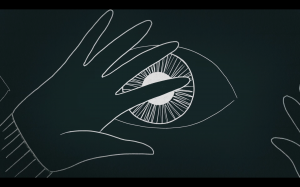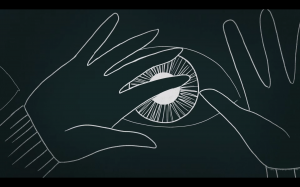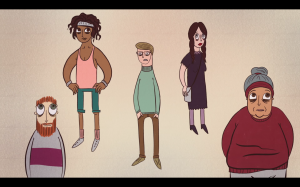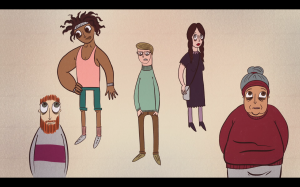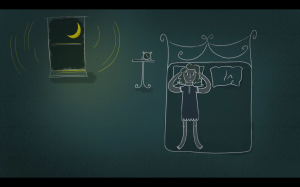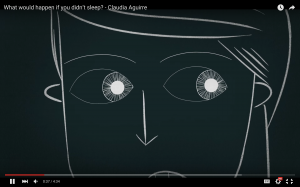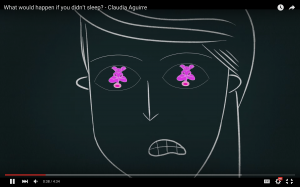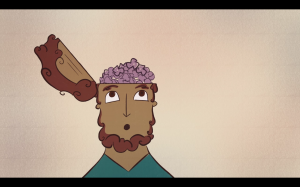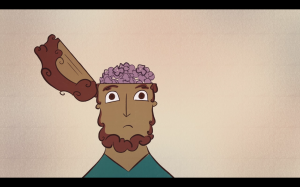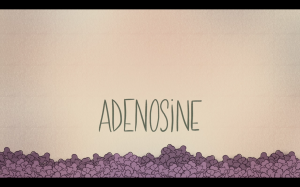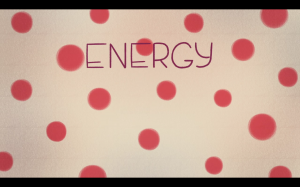We’re all busy. Especially this time of the year. Personally and professionally, there just never seems to be enough time. And often times when we feel like this, one way we often go about “finding” more hours in the day is by sleeping less. But what are the repercussions of making this sacrifice? That’s exactly what this explanation video about sleep deprivation aims to answer.
This video is a Ted-Ed Original, based on a lesson by Claudia Aguirre and animated by Josephine Mark. Below, we’ll discuss a few of the things that we loved about Mark’s exciting and insightful animation. But before we get into that, there were a few particularly relevant facts that we wanted to highlights:
- According to this explanation video, adults need 7-8 hours of sleep per night
- In the United States, it’s estimated that 30% of adults are sleep deprived (which ultimately affects learning, memory, mood and reaction time)
- Studies show that chronically sleeping fewer than 6 hours a night increases stroke risk by 4.5 times.
Click on the video below to watch the full explanation video:
Credits:
- Claudia Aguirre Educator
- Josephine Mark Animator
- Lisa LaBracio Director
- Carlos Palomares Composer
- Emma Bryce Script Editor
3 Things We Loved About This Explainer Video
1. Leads by Examples: Not many explainers include specific anecdotes or examples. Mostly because, in the average video, there simply isn’t enough time. But when there is enough time, and when it’s executed well, a good example or two can be an invaluable way to bring viewers into your story and provide context for the overall message.
To better understand the potential of this approach (and also the fragility of utilizing anecdote), let’s take a closer look at the example from the very beginning of this video. We are told that in 1965 a high school student “stayed awake for 11 days to see how he’d cope without sleep,” and are then slowly informed about the repercussions. The first key to why this anecdote works lies in the second half of that opening sentence. The how, which accomplishes a couple of things:
- By not revealing right away what happened next, this anecdote immediately earns our curiosity.
- By opening with what appears to be a non-judgmental fact, the video simultaneously begins to by the trust of the viewer. We sit down, settle in and feel like we are being told a story whose facts will speak for themselves.
Meanwhile, the video also does something clever visually. Instead of presenting us with an illustration of the specific high school soon, we are instead introduced to the repercussions of sleep deprivation via more universal: images of body parts.
By pairing the audio and visual in this manner, viewers are able to enter this narrative with a sense of curiosity, but still maintain an ability to personally relate with the message ahead.
2. A Sense of Honesty and Authenticity: My biggest fear going into this video was that it would be overly preachy (i.e. sleep = good, awake = bad), but I was pleasantly surprised the consistent sense of honesty that I felt from start to finish.
The did-you-know, down-to-earth tone of the narrator goes a long way in establishing this tone, but so too does the visual construction of characters and scenes.
For example, check out how the sleep deprived humans are depicted.
They look like…actual humans. Yes, there are bags under their eyes and they are a little bit grumpy, but for the most part they like ordinary people. This may not seem significant, but think about how often we are presented with images of cartoonishly miserable people when they are meant to represent something negative.
Even later on, when we are given a head-to-head comparison, the difference isn’t too drastically sensationalized. The only major difference is the eyes, but as a credit to the filmmakers this is a motif they’ve set up and carried through since the opening scene.
3. A Tactful Use of the Extraordinary: As far as 2-D character animation goes, The Effects of Sleep Deprivation is pretty grounded. For the most part, we get the sense that these characters exist in a world like ours and are bound by similar physics and psychology.
That said, there are a few notable moments throughout the video where realism is tossed out the window. What’s great about these sporadic instances is how the extraordinary elements are actually used to service the story.
For instance, at the :37 second mark, we are not only shown that hallucination may be a side-effect, but we are subtly flashed with an example:
And then just as quickly as the pink elephant arrives arrives, this flicker of hallucination is gone.
Another great example occurs at 2:54. Here a character’s head is “opened up” to show the audience his brain.
Not only is this a fun image, but from a narrative standpoint is used to take us inside the brain and help explain some of the harder science.
Without that segue, it’s much more likely the scientific explanation would have flown over our heads. All of which is a pleasant reminder that when a explainer video is working at it’s best, it’s able to successfully fuse together image, audio, story and message.
